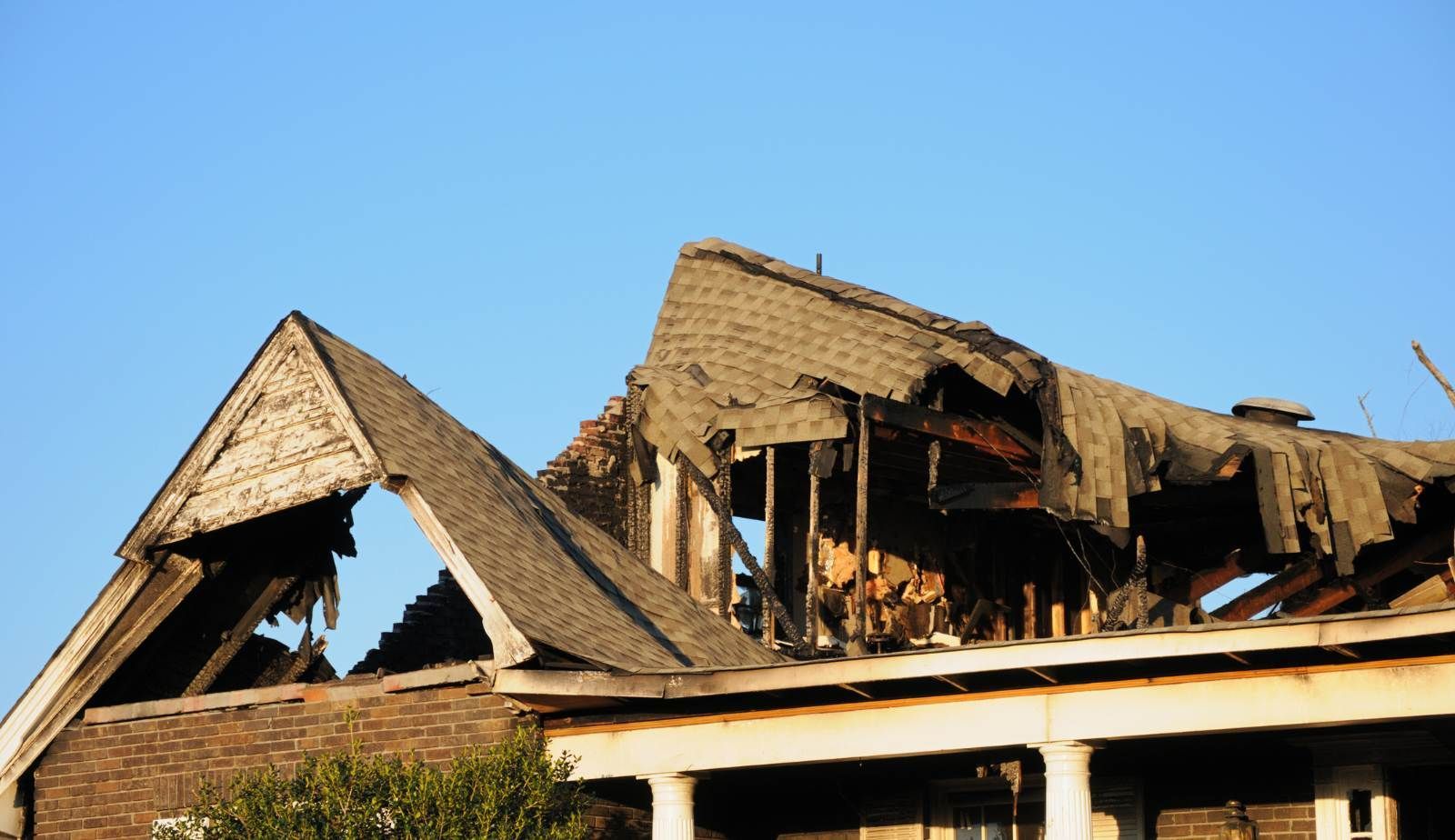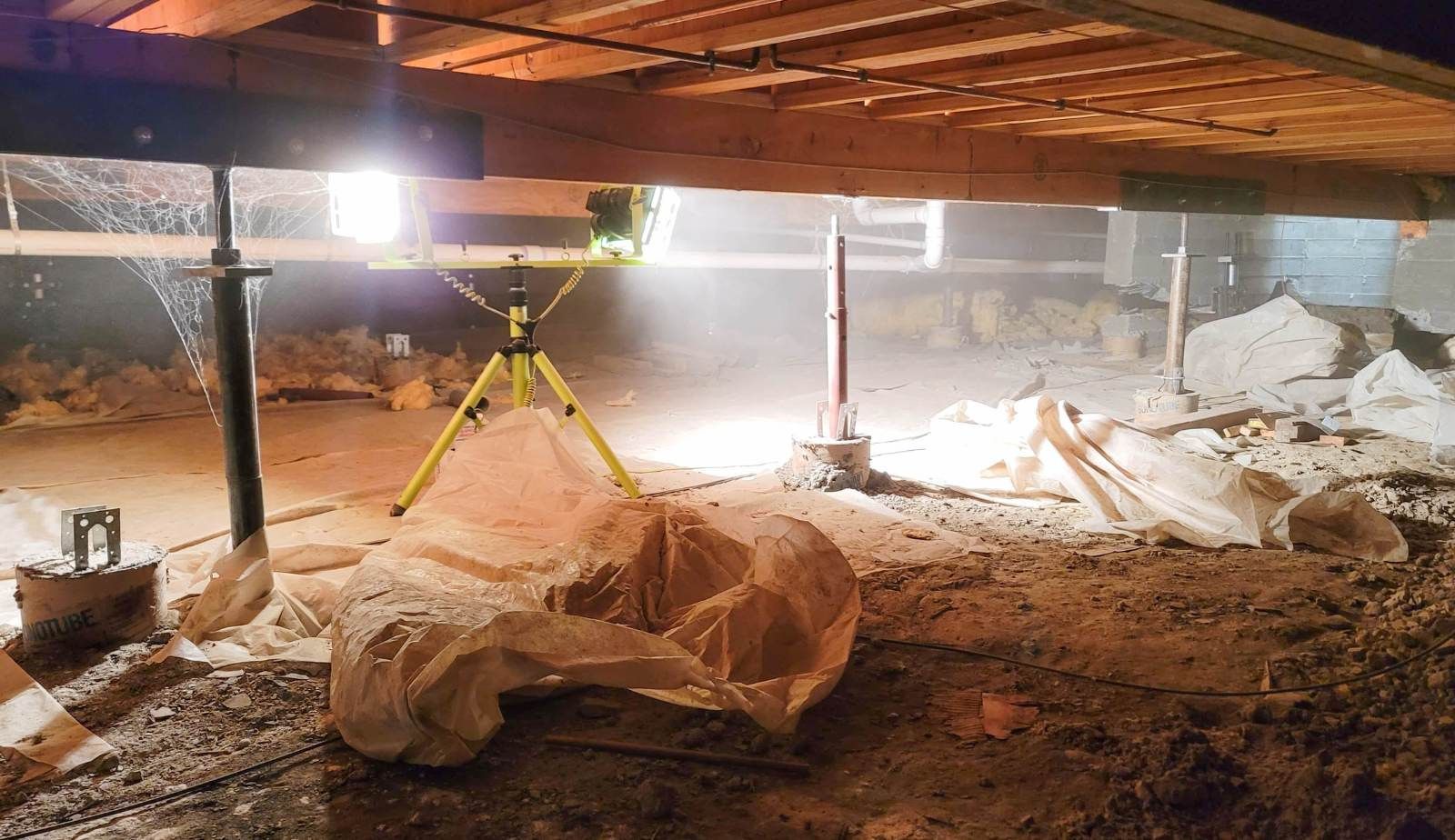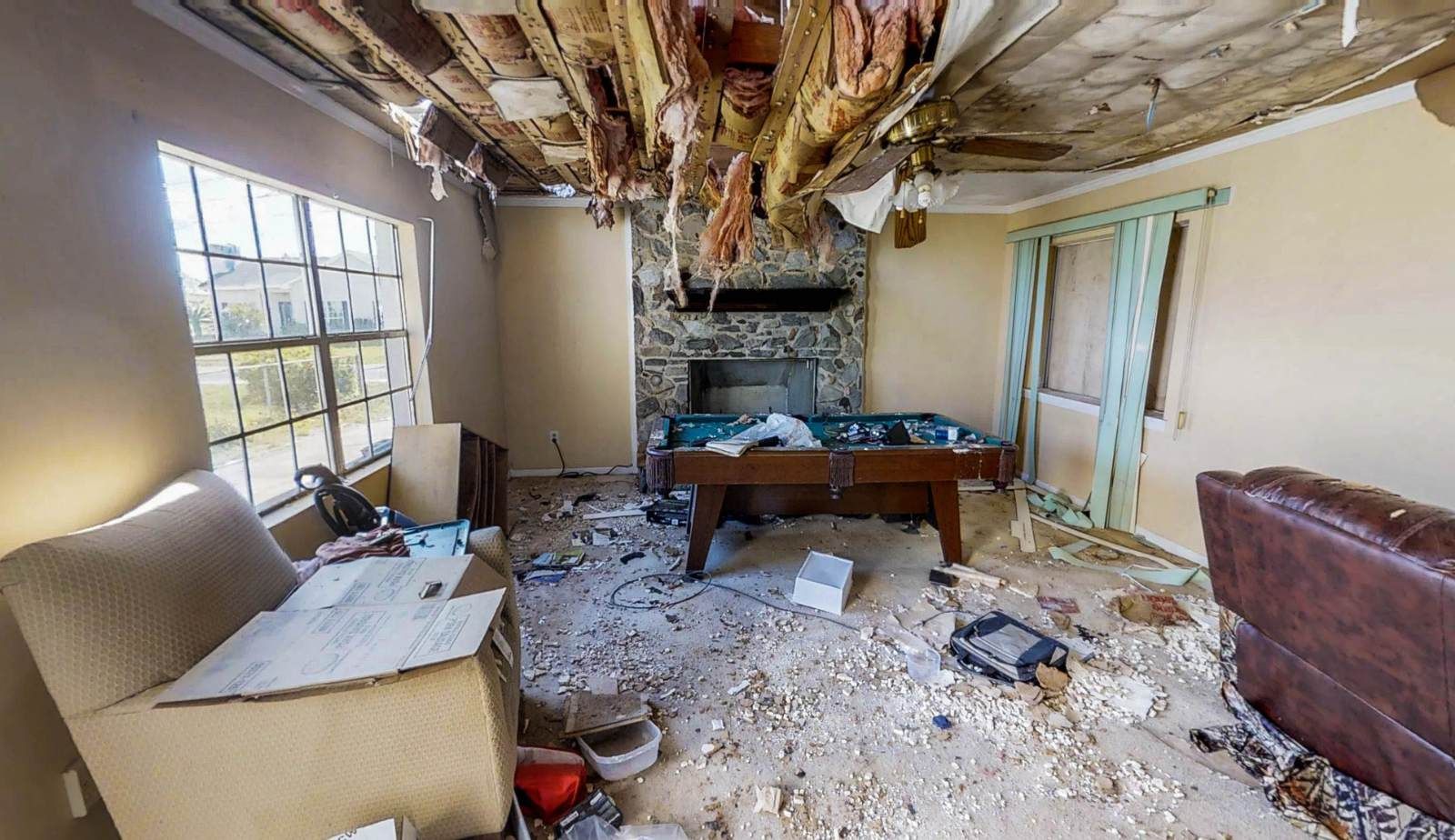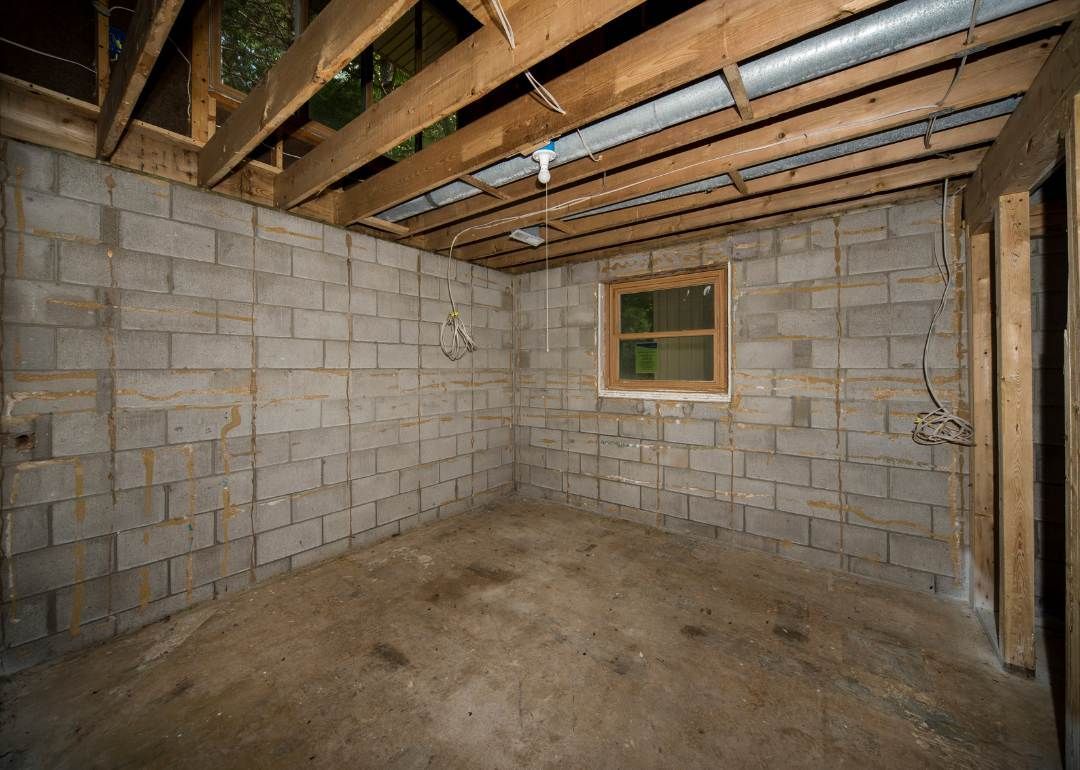How Drymax Restores Fire-Damaged Homes in Louisiana
Devastating fires can leave homeowners feeling overwhelmed and uncertain about the restoration process. In Louisiana, DryMax specializes in transforming fire-damaged homes back to their original state. Their comprehensive approach includes advanced techniques for cleaning, repairing, and restoring properties affected by smoke and fire.
With a team of trained and certified technicians, DryMax has built a strong reputation over years of service in the Acadiana area. They understand the specific challenges posed by local building materials, which may react differently to fire and moisture. By employing specialized methods tailored to these conditions, they ensure effective restoration that traditional approaches might overlook.
For those dealing with the aftermath of a fire, engaging with a professional restoration service is crucial. DryMax provides 24/7 emergency response and a commitment to quality that can significantly alleviate stress and expedite recovery. This level of service helps homeowners reclaim their living spaces efficiently and effectively.
Understanding the Challenges of Fire Damage in Louisiana
Fire damage restoration in Louisiana involves navigating several complexities due to environmental and structural factors. The combined effects of fire, smoke, and the unique climatic conditions create specific restoration challenges that must be addressed efficiently.
Effects of Fire and Smoke on Homes
Fire can inflict severe damage to various home components, including walls, ceilings, and personal belongings. The flames can cause charring and burn marks, while the accompanying smoke permeates materials, leaving behind unpleasant odors and soot. Smoke damage is often insidious, affecting areas that may not be directly visible.
Key Aspects of Smoke Damage:
- Odor: Smoke leaves behind strong odors that can persist long after the fire is extinguished.
- Soot: This residue can damage surfaces and become airborne, settling in hard-to-reach locations.
- Heat: High temperatures can warp structural elements, weakening the home's integrity.
Addressing these effects swiftly is essential to minimize long-term damage.
Unique Risks from Humidity and Storms
Louisiana's high humidity and frequent storms pose additional challenges during fire damage restoration. The humidity can make it difficult for materials to dry out completely, increasing the risk of mold growth. This factor complicates recovery efforts, as restoration teams must account for pre-existing moisture issues.
Considerations:
- Mold Growth: Damp conditions encourage the development of mold, which can exacerbate health risks.
- Storm-Related Damage: Fire incidents may occur during storms, creating compounded damage that requires specialized tactics for restoration.
- Moisture Management: Restoration processes must include effective drying techniques to prevent further deterioration.
The local climate necessitates tailored strategies that integrate both fire and water damage restoration.
Common Structural and Material Damage
Fire not only affects visible surfaces but also compromises the structural integrity of a home. Common areas of concern include:
- Wood Structures: Burning can weaken beams and joists, posing safety hazards.
- Insulation: Fire damage may render insulation ineffective or removed during firefighting efforts.
- Electrical Systems: Exposed wiring from heat can create potential fire hazards if not assessed and repaired properly.
Identifying Damage:
- Professionals conduct thorough inspections to evaluate the extent of damage.
- Creating a comprehensive list of affected areas helps guide the restoration process and prioritize urgent repairs.
Addressing these structural and material concerns is crucial for ensuring the safety and longevity of fire-damaged properties.
How Drymax Assesses Fire Damage
Drymax employs a systematic approach to evaluate fire damage, ensuring comprehensive assessments that set the stage for effective restoration. This process is vital for determining the extent of damage and formulating a targeted recovery plan.
Initial Inspection and Safety Evaluation
The assessment begins with an initial inspection of the affected property. Technicians from Drymax evaluate structural integrity and identify any potential hazards, such as unstable walls or electrical risks.
Safety is paramount during this phase, and they ensure that the environment is secure before proceeding.
This evaluation helps them identify areas requiring immediate attention and formulate a brief overview of damage types, such as:
- Structural damage
- Smoke and soot damage
- Water damage from firefighting efforts
Damage Documentation and Reporting
Following the safety evaluation, Drymax documents all findings in a detailed report. This includes photographs, notes on damage severity, and a list of affected materials and structures.
The documentation serves multiple purposes:
- It helps in developing an accurate restoration strategy.
- It is often required for insurance claims.
Their experts use specialized software to create comprehensive damage reports, ensuring no detail is overlooked. This thorough documentation lays the foundation for transparent communication with homeowners and insurance adjusters alike.
Customized Restoration Planning
Armed with inspection data and damage reports, Drymax develops a customized restoration plan. Each plan is tailored to the specific needs of the property and the unique circumstances of the fire incident.
This planning stage considers:
- The type of materials affected
- The necessary equipment for restoration
- Expected timelines for each phase of work
Stakeholder input, including feedback from the homeowner, is valued, ensuring that all parties understand the planned approach. This meticulous planning establishes a clear path toward restoring the home to its pre-loss condition efficiently and effectively.
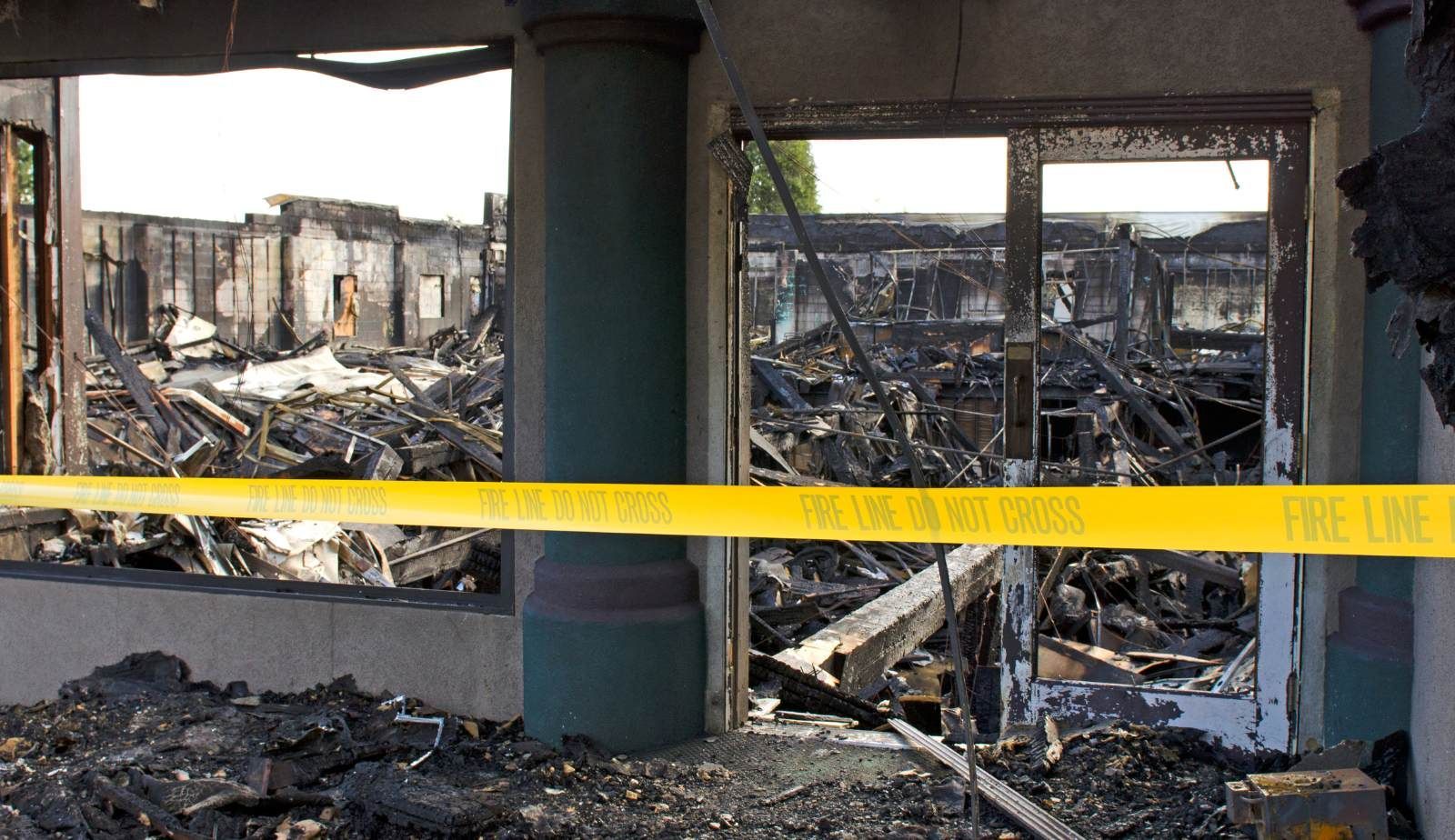
Drymax’s Comprehensive Restoration Process
Drymax follows a structured approach to restore fire-damaged homes in Louisiana, emphasizing immediate response, securing the premises, and thorough cleanup. Each step is integral to ensuring the safety and health of the property and its occupants.
Emergency Response to Fire-Damaged Properties
Upon notification, Drymax’s restoration team responds swiftly to fire-damaged properties. This is crucial to mitigate further damage from smoke, soot, or water used to extinguish the fire.
The team conducts an immediate assessment, identifying hazards and determining the extent of the damage.
Key actions during this phase include:
- 24/7 Availability: Immediate dispatch for urgent situations.
- Assessment of Hazards: Evaluation of structural integrity and potential health risks, such as toxic smoke residues.
- Communication with Clients: Providing updates and guidance to homeowners on what to expect during the restoration process.
This proactive approach helps in minimizing further losses.
Securing and Stabilizing the Home
Once the immediate response is completed, securing and stabilizing the home is next. This step ensures that the property is safe for restoration work to begin.
Actions taken may involve:
- Boarding Up: Windows, doors, and any openings are secured to prevent unauthorized access and deter vandalism.
- Temporary Repairs: Immediate repairs might be made to prevent weather damage or further intrusion.
- Stabilization of Structures: Assessing and reinforcing any compromised structures to ensure safety.
These measures protect the property and provide a secure environment for continued work.
Debris Removal and Cleanup
The cleanup process is essential for restoring the home to its pre-fire condition. Drymax focuses on thorough debris removal and effective cleanup procedures.
This involves:
- Removal of Damaged Contents: Carefully taking out charred items, personal belongings, and debris.
- Smoke and Soot Cleanup: Utilizing advanced equipment and techniques to clean surfaces and remove smoke odors.
- Water Extraction: If water was used to extinguish the flames, removing standing water and drying out affected areas is critical.
Effective cleanup not only restores the property but also ensures safety from lingering hazards such as mold and odors.
Advanced Techniques for Smoke and Odor Removal
Effective smoke and odor removal is essential in restoring fire-damaged homes. Restoration services utilize advanced methods to eliminate persistent odors caused by smoke, ensuring a healthier living environment and improving air quality.
State-of-the-Art Filtration Systems
Modern restoration employs high-efficiency particulate air (HEPA) filters to capture smoke particles and contaminants from the air. These filters are designed to remove at least 99.97% of particles that are 0.3 microns in size.
- Air Scrubbers: These devices work alongside HEPA filters, circulating air and filtering out pollutants continuously during restoration.
- Negative Air Machines: They create a vacuum effect, containing odors and smoke particles within the damaged area, preventing them from spreading.
By implementing these filtration systems, restoration professionals can enhance air quality quickly, making spaces safer and more comfortable.
Thermal Fogging and Ozone Treatments
Thermal fogging is a widely used technique that utilizes heat to create a fog of deodorizing agents. This fog can penetrate various surfaces, effectively neutralizing odors at a molecular level.
- Ozone Treatments: Ozone generators create ozone gas that binds with smoke molecules, altering their structure and eliminating the odor. It’s particularly effective in attics, basements, and other enclosed spaces.
Both methods are crucial for dealing with deeply embedded odors that standard cleaning methods cannot address. Care must be taken to ensure spaces are vacated during treatment for safety.
Surface Cleaning and Deodorizing
Surface cleaning is a critical part of the restoration process. Professionals utilize specialized cleaning agents that target soot and residues, ensuring surfaces are restored to their pre-fire condition.
- Encapsulation: This technique seals in odors rather than simply masking them, preventing re-odorization.
- Advanced Deodorizing Agents: These products can neutralize smoke particles on contact, providing immediate relief from smoke odors.
-
Restoration efforts focus on all materials affected by smoke, ensuring no lingering particles compromise indoor air quality. Using these comprehensive techniques guarantees thorough odor removal throughout the home.
Reconstruction and Repair Solutions
Reconstruction after fire damage is essential for restoring a home to its original state. This process includes various specialized services aimed at addressing structural integrity, replacing compromised materials, and applying finishing touches to revitalize the space.
Structural Restoration Services
Structural restoration involves assessing the damage to a home’s framework and ensuring its stability. DryMax employs licensed professionals trained in identifying critical weaknesses caused by fire.
- Assessment: Technicians carefully evaluate walls, foundations, and beams for structural integrity.
- Reinforcement: If damage exceeds repair, they may install new supports or reinforcements to preserve stability.
- Compliance: All work aligns with local building codes and safety regulations, ensuring a safe environment.
Through meticulous analysis and skilled interventions, DryMax guarantees that the foundational structure of the home is sound and secure, allowing for further restoration efforts.
Replacing Damaged Materials
Replacing materials affected by fire is a crucial step in reconstruction. DryMax focuses on using high-quality replacements that meet or exceed the originals.
- Common Materials: Damaged drywall, flooring, and insulation often require replacement.
- Quality Standards: Materials selected are fire-resistant and suitable for local climate conditions, particularly for Louisiana's humid environment.
- Efficient Removal: Technicians safely remove charred and unusable materials, prioritizing health and safety.
By ensuring the use of appropriate materials, DryMax not only restores the aesthetic value of homes but also improves durability against future incidents.
Repainting and Finishing Touches
The final phase of reconstruction involves repainting and applying finishing touches. This stage is crucial for achieving a polished look after repairs.
- Surface Prep: Before painting, professionals prepare surfaces meticulously to promote longevity and adherence.
- Color Selection: Homeowners are guided through color options that complement the restored areas, enhancing the home's appearance.
- Final Details: After painting, they address other details such as trim work, fixtures, and flooring adjustments to ensure a cohesive look.
This attentive focus on aesthetics not only refreshes the home but also gives residents a sense of renewal after a distressing experience.
Addressing Water and Mold Issues Post-Fire
After a fire, addressing the complications caused by water damage and mold growth is essential for the restoration process. The presence of moisture can lead to more problems if not managed efficiently, especially in humid regions like Louisiana. Effective strategies and techniques are pivotal in ensuring a successful recovery.
Managing Water Damage from Suppression Efforts
Fire suppression often involves substantial amounts of water, creating immediate risks for further damage. The first step is to conduct a thorough assessment of the affected areas to identify water accumulation.
Key methods include:
- Water Extraction: Utilizing pumps and wet vacs to remove standing water.
- Structural Drying: Employing industrial-grade fans and dehumidifiers to dry out walls and floors.
It is critical to address water damage quickly to prevent structural decay and mitigate the risk of mold growth. Additionally, assessing the property’s materials for water absorption helps guide restoration efforts.
Preventing Mold Growth in Humid Environments
Mold thrives in damp areas, making prevention strategies vital after fire damage. It is important to act swiftly to reduce moisture levels.
Effective prevention includes:
- Immediate Cleanup: Prompt removal of wet materials and furnishings minimizes mold growth.
- Sealing Affected Areas: Isolating contaminated spaces can prevent mold spores from spreading.
Regular monitoring for signs of mold should continue even after initial cleanup. By keeping humidity levels low, property owners can significantly reduce the likelihood of mold infestations.
Dehumidification and Air Quality Control
Dehumidification plays a crucial role in restoring fire-damaged spaces. Maintaining optimal humidity levels enhances air quality and prevents health hazards.
Recommended strategies are:
- Use of Dehumidifiers: These machines extract moisture from the air efficiently.
- Air Filtration Systems: Employing HEPA filters helps trap mold spores and other contaminants.
Continuous monitoring with hygrometers ensures that humidity levels stay within a safe range. This proactive approach is essential for a healthy environment post-fire, especially in Louisiana's humid climate.
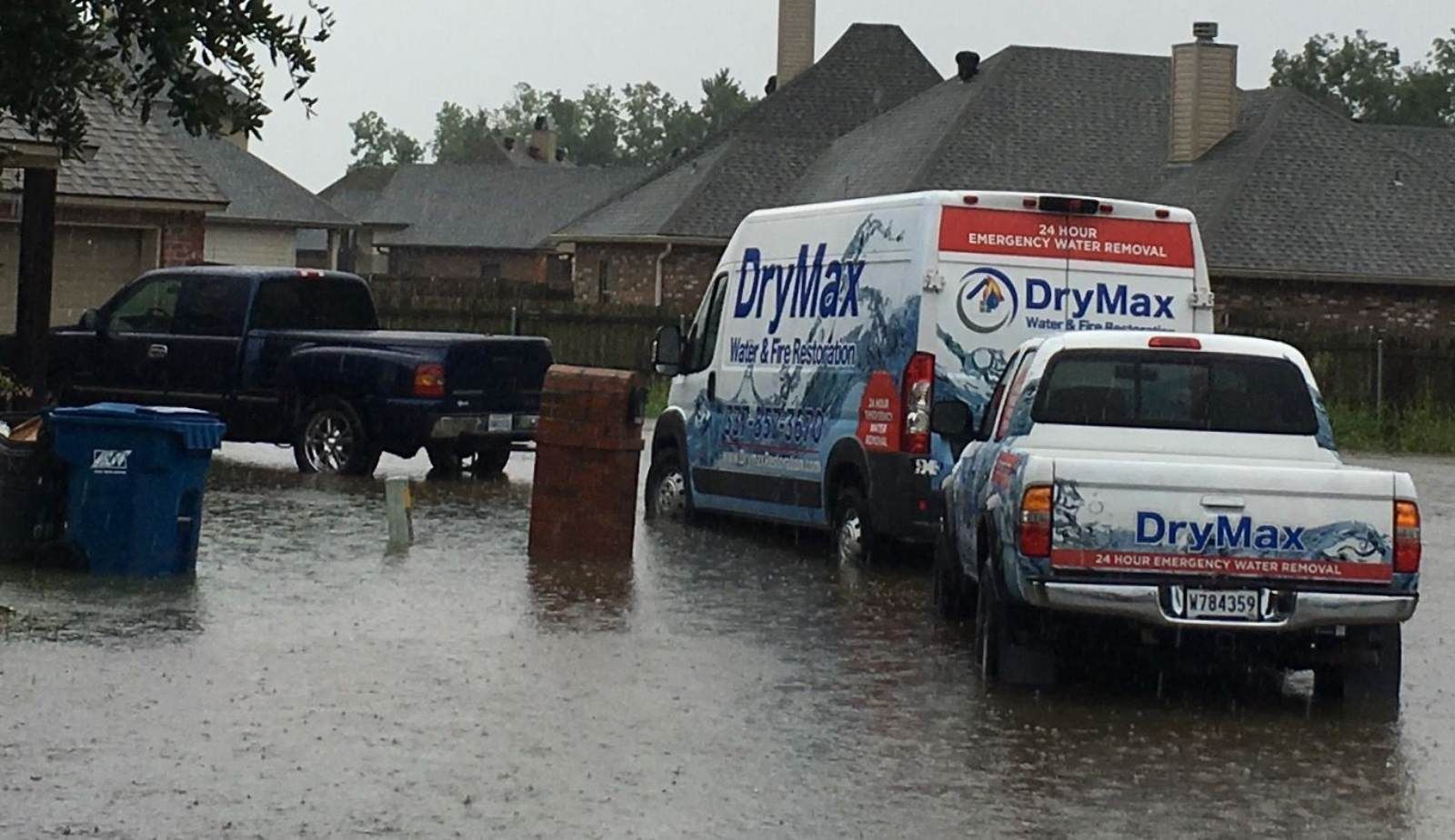
Why Homeowners in Louisiana Trust DryMax
Homeowners in Louisiana appreciate DryMax for its local expertise, successful recovery efforts, and dedication to client satisfaction. The company's comprehensive understanding of regional challenges not only facilitates effective restoration but also builds trust within the community.
Locally Experienced Restoration Teams
DryMax employs a team of restoration professionals who are well-versed in the unique conditions of Louisiana homes. These technicians have extensive training and certification, focusing on both fire and water damage restoration.
Their experience navigating the specific challenges posed by humidity and older building materials enhances their effectiveness. The team's familiarity with statewide regulations and local building codes ensures compliance throughout the restoration process.
Additionally, many technicians have lived in the community for years, fostering a connection with homeowners that translates into reliable service. This local insight aids in tailored restoration solutions that other companies may overlook.
Proven Track Record in Fire Damage Recovery
DryMax has established a proven track record in successfully restoring homes affected by fire damage. Clients appreciate the meticulous approach to fire damage cleanup, which includes thorough assessment and effective smoke odor removal.
The company utilizes advanced tools and techniques in their restoration efforts, ensuring homes are returned to safe, livable conditions. DryMax's experience handling claims and working with insurance companies streamlines the recovery process for homeowners.
By prioritizing efficient and comprehensive restoration methods, DryMax demonstrates its ability to restore homes sustainably. This commitment to excellence has built a reputation for delivering high-quality service among Louisiana homeowners.
Commitment to Customer Satisfaction
At DryMax, customer satisfaction is a core principle guiding all operations. The company values transparent communication with homeowners throughout the restoration process, addressing any concerns immediately.
They provide regular updates, ensuring clients are informed every step of the way. DryMax also invites feedback and actively uses it to improve services continuously.
In addition, their 24/7 availability allows them to respond promptly to emergencies, reflecting their dedication to customer needs. This proactive approach to service fosters long-lasting trust, making DryMax a preferred choice for fire damage restoration in Louisiana.
Frequently Asked Questions
When restoring fire-damaged homes, various critical aspects come into play. Key areas include assessing damage, methods for smoke and soot removal, and safety protocols. Understanding these details helps property owners navigate the restoration process effectively.
What steps are taken to assess fire damage before restoration begins?
A thorough inspection is conducted to evaluate the extent of fire damage. Restoration professionals check structural elements, walls, and ceilings for integrity. They also assess the presence of smoke and soot to determine necessary cleaning actions.
Are there specific methods used to remove smoke and soot from interiors?
Yes, effective techniques involve specialized cleaning agents and equipment. Methods such as thermal fogging, ozone treatment, and advanced vacuum systems are employed. These methods target smoke particles and residues on various surfaces.
Can personal belongings be salvaged after severe fire damage?
In many cases, personal belongings can be salvaged. Restoration experts use techniques like content cleaning, where items are cleaned and restored off-site. Non-porous items generally have a higher chance of recovery than porous materials.
What safety protocols are implemented during the fire damage repair process?
Safety is paramount during restoration. Technicians are equipped with personal protective equipment (PPE) to guard against harmful residues. They also follow strict guidelines to ensure safe handling of damaged areas and materials.
How is fire damage restoration cost estimated?
Cost estimation involves assessing damage severity and the scope of services required. Factors include the size of the affected area, types of materials, and specific restoration methods needed. A detailed plan is created to outline the necessary steps and associated costs.
What types of fire damage are most challenging to restore?
The most challenging fire damage often involves extensive structural harm and deep-seated smoke. Instances of chemical damage from synthetic materials can complicate restoration efforts. Additionally, homes with older construction materials may present unique challenges due to their reaction to fire exposure.
You might also like
DryMax Restoration Blogs
